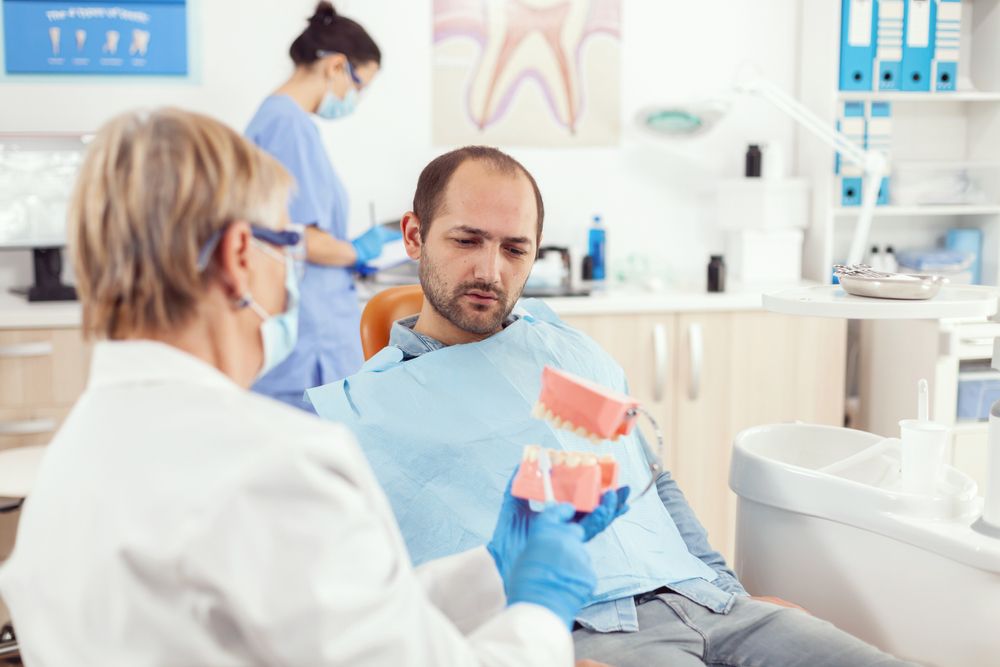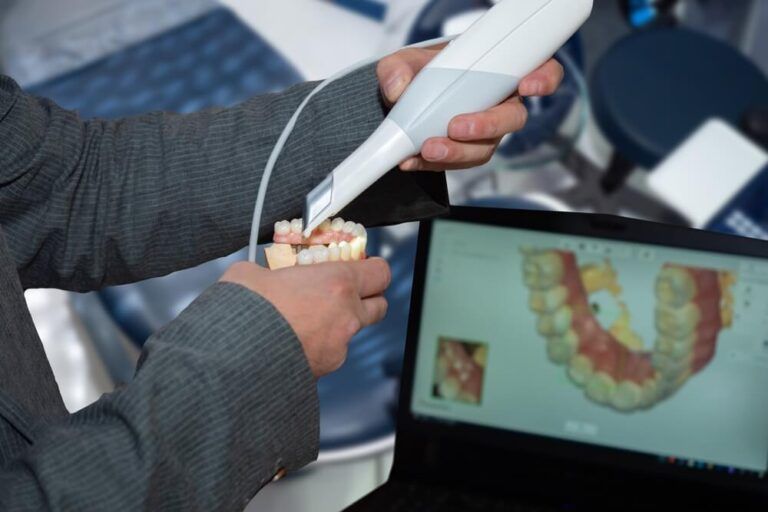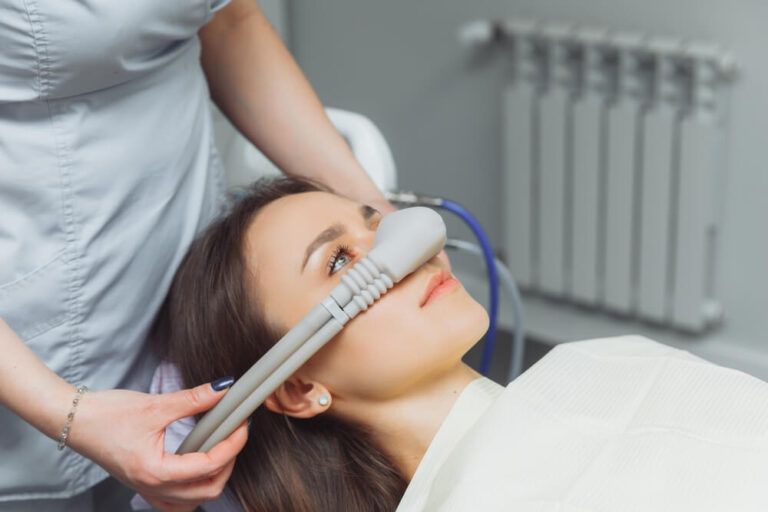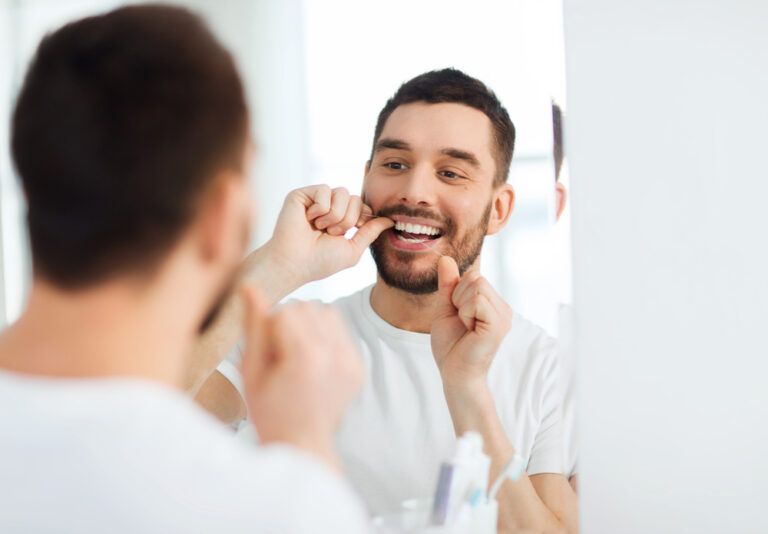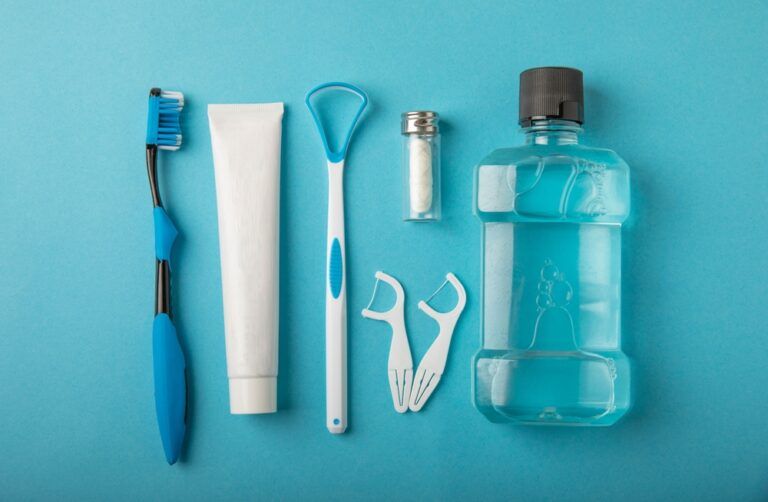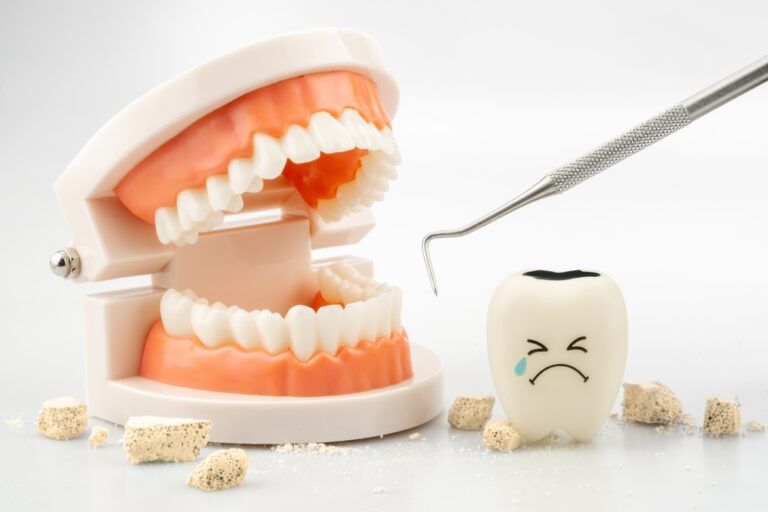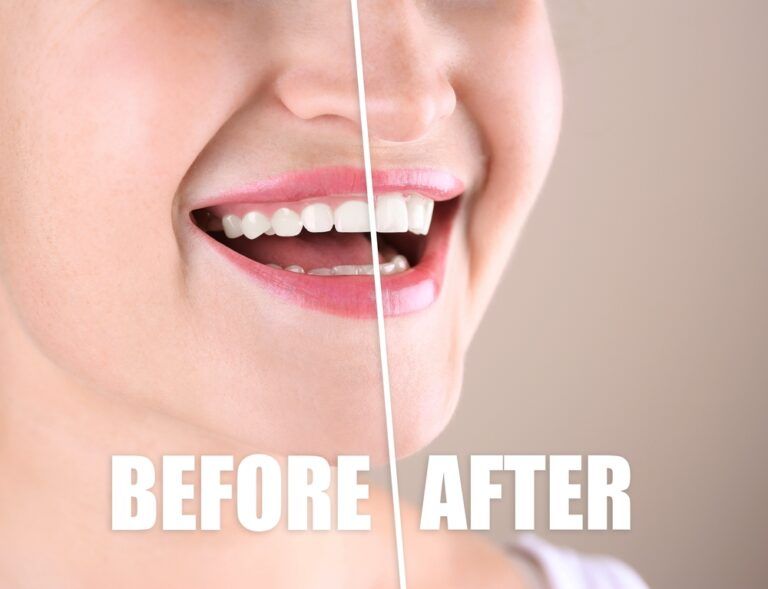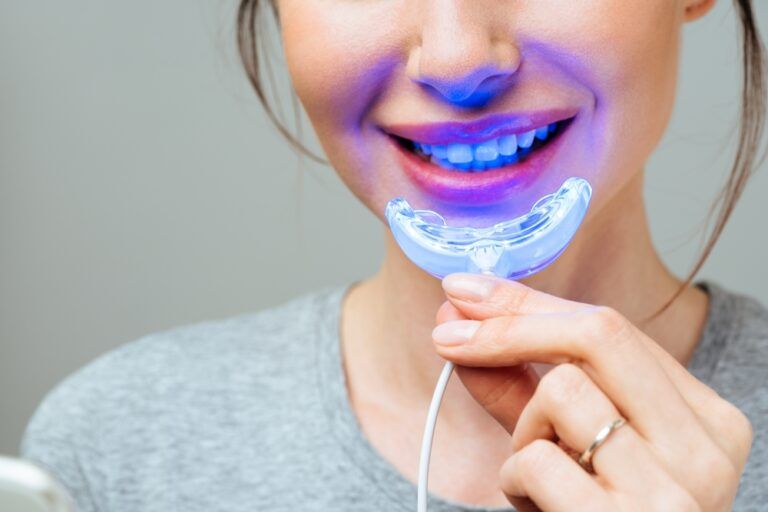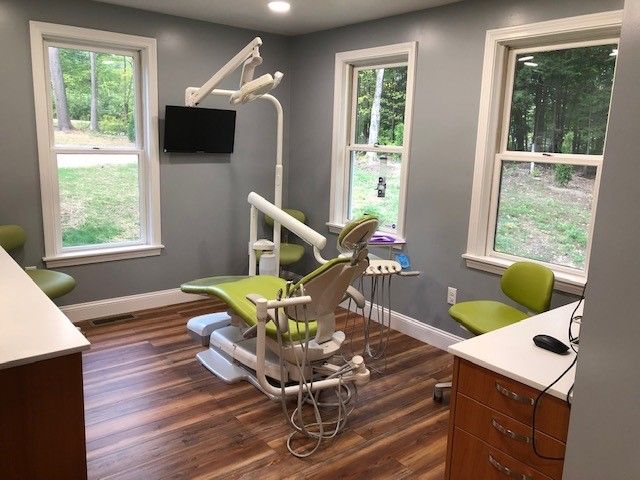Breaking a tooth can be a painful and distressing experience, whether it happens while eating, playing sports, or during an accident. The good news is that prompt, proper care can help minimize damage and increase the chances of saving the tooth. At Weare Family Dentistry in Weare, NH, Dr. Esin Narli emphasizes the importance of quick action and professional follow-up when dealing with a broken tooth. Understanding the correct steps to take immediately after a dental injury can make all the difference in preserving your smile.
Understanding Different Types of Tooth Breaks
Not all broken teeth are the same, and the severity of the break often determines the urgency of treatment. Some fractures may only involve a small chip in the enamel, while others may extend deeper into the dentin or even reach the pulp, where the nerves and blood vessels are located. Cracked teeth, split teeth, and vertical root fractures each present unique challenges. While minor chips might be painless, deeper cracks can cause sharp pain, sensitivity, and swelling. Regardless of the severity, even small fractures should be evaluated by a dentist to prevent complications like infection or further damage.
In cases of more significant breaks, there may be bleeding, intense pain, or exposure of the tooth’s inner structures. Recognizing the signs of a serious fracture can help you act quickly. Persistent pain, temperature sensitivity, or visible damage to the tooth structure are clear indications that you need immediate dental care. Early intervention can save the tooth and reduce the need for extensive future treatments.
First Steps After Breaking a Tooth
If you break a tooth, start by rinsing your mouth gently with warm water to clean the area and remove any debris. If there is bleeding, apply gentle pressure with a clean gauze or cloth until it stops. Applying a cold compress to the outside of your cheek can help minimize swelling and provide some pain relief. Over-the-counter pain medications like ibuprofen can be helpful in managing discomfort, but it’s important not to place aspirin directly on the affected area, as this can damage the gum tissue.
If possible, locate and save any pieces of the broken tooth. Place them in a container with milk or a saline solution to keep them moist, and bring them with you to the dentist. Even small fragments can sometimes be reattached or used to aid in restoration. Contacting your dentist immediately after the injury is critical. Dr. Narli and the team at Weare Family Dentistry prioritize emergency care and will work to restore your tooth effectively.
How a Dentist Can Repair a Broken Tooth
Treatment for a broken tooth varies depending on the extent of the damage. For small chips, cosmetic bonding or a dental veneer might be sufficient to restore the tooth’s appearance and function. For larger breaks that expose the inner structures, more complex treatments such as crowns, root canals, or even extractions might be necessary. Advances in dental materials and techniques allow dentists to rebuild broken teeth in ways that are both durable and aesthetically pleasing.
Dr. Narli assesses each case individually to determine the best course of action. In many cases, early intervention allows for more conservative treatment options, preserving more of the natural tooth structure. Ignoring a broken tooth, even one that doesn’t cause pain initially, can lead to complications such as infection, further fractures, and the eventual loss of the tooth. That’s why it’s essential to seek professional care as soon as possible after a dental injury.
Protecting Your Teeth from Future Injuries
While accidents can’t always be prevented, there are steps you can take to protect your teeth from injury. Wearing a custom-fitted mouthguard during contact sports can significantly reduce the risk of dental trauma. Avoiding chewing on hard objects like ice, pens, or hard candies can also protect your teeth from unnecessary stress. Practicing good oral hygiene strengthens your teeth and makes them less prone to fractures.
Regular dental checkups allow your dentist to identify and treat small cracks or weaknesses before they develop into larger problems. At Weare Family Dentistry, Dr. Narli and her team provide preventive care tailored to each patient’s needs, helping you maintain a strong and healthy smile for years to come. Taking preventive steps today can help you avoid painful dental emergencies in the future.
Resources
Kahler, B. (2017). Management of dental trauma: a review. Australian Dental Journal.
Andreasen, J. O., & Andreasen, F. M. (2018). Textbook and Color Atlas of Traumatic Injuries to the Teeth. Wiley Blackwell.
Flores, M. T. (2002). Guidelines for the management of traumatic dental injuries. Dental Traumatology.


